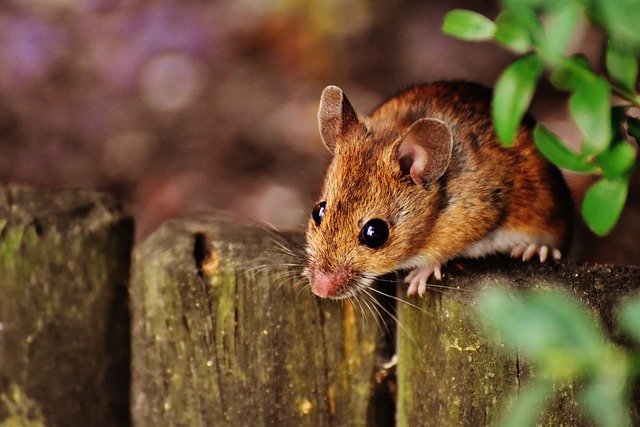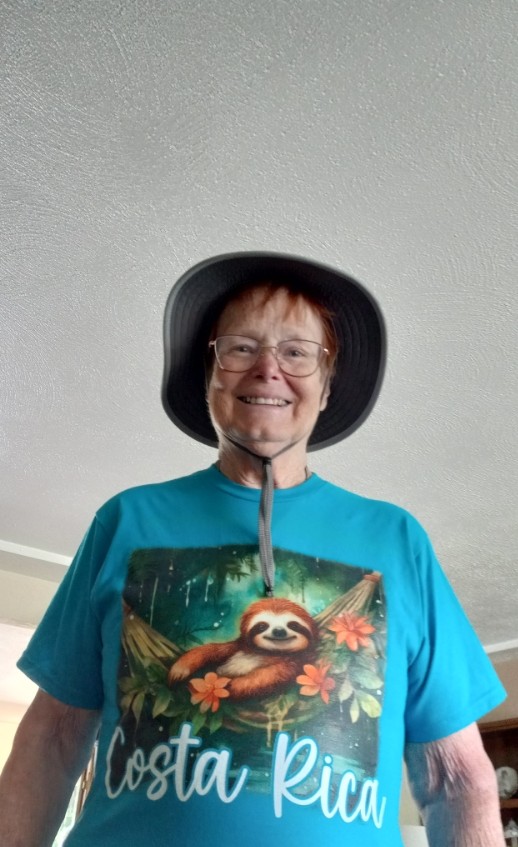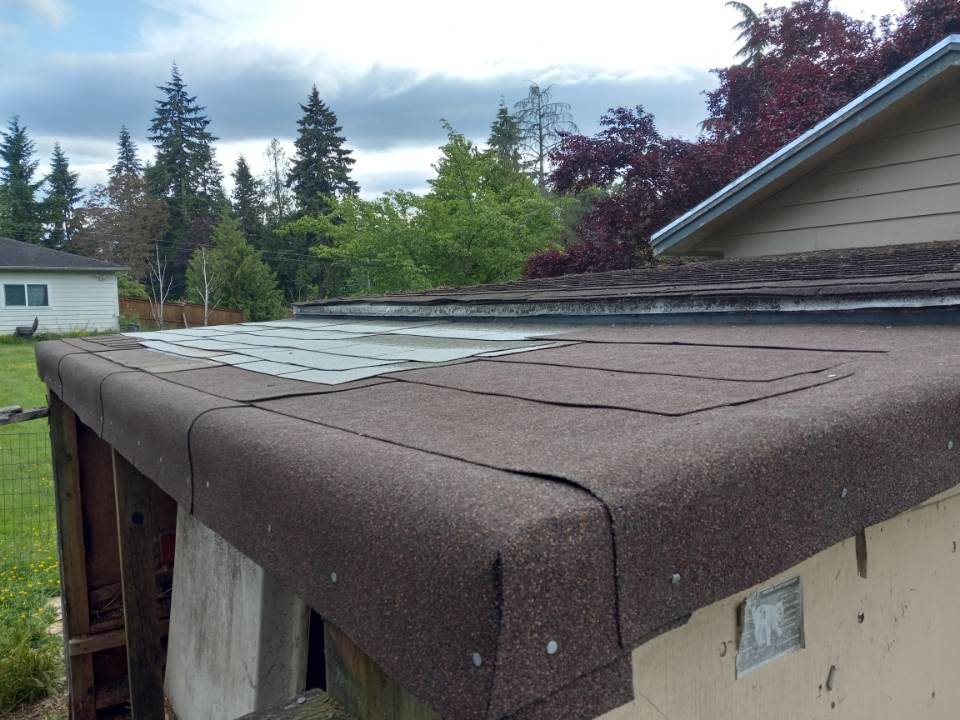Sometime during the time we lived in Cle Elum from 1961 to 1972, I rescued and raised a little field mouse named Skippy.
She looked almost exactly like the one you see above next to the headline, but she was much smaller at first and significantly darker.
I called her Skippy because she lived in a large (for her!) Skippy jar until she got bigger, she was so tiny.
I don’t recall how/where I found her, but wherever it was, she was all alone, without litter mates or a mom, which is why I decided she needed to come with me because she sat very still and was shivery and didn’t look happy at all. (From this vantage point, she may have been still and shivery because I showed up, but I didn’t think of that at the time!)
Although she seemed uninjured, she was so small I wasn’t sure what to feed her or how to hydrate her. Because her eyes were open, I figured she was weaned, or she would have been found with brothers and sisters in a compact mouse nest.
I was afraid that putting even a bottle cap of water into the Skippy jar might wind up drowning her if she fell in, so I jerryrigged a piece of a cotton t-shirt and a cotton ball and soaked parts of both in water, hoping she would figure out how to suck or lick them to hydrate herself. I was playing it all by ear, as I hadn’t kept a baby mouse before.
Whatever I did certainly worked, because she grew up, became very friendly, and seemed very happy. I certainly didn’t go out of my way to “tame” her because I fully intended to release her when she looked self-sufficient enough to let her go.
After a month or so, that day finally arrived …
So I figured it was time to release her so she could be free again
I took her to the place I’d found her, gave her a little pep talk (yeah, I talk to my pets!), cried a little, and let her go.
Then I walked back to the house which was literally hundreds of feet away.
She followed me!
I didn’t know it, but she decided that her “mama” was leading the way and she followed me home through the field grasses. I don’t know if she followed me immediately — I doubt she did, or I likely would have noticed — but, after a while she came in and scampered to my feet.
***awwwwww*****!!!!!
Touched as I was, I told her she should really start thinking about freedom again, to go where she wanted to go and find her own way in the world and a mouse family to love and raise.
The next day I released her again, a little farther afield this time, and then I took a convoluted route back to the house, hoping she would decide I wasn’t worth the trouble to find again.
It broke my heart… It felt like sabotage. Like abandonment. But I kept telling myself it was for the best. She deserved her freedom!
She didn’t return. My hope is that she did, indeed, live a long, happy life. But knowing what happens to most mice, either from above or on the ground, I have my doubts.
But my hopes have always outweighed my doubts whenever I’ve released a wild one back to the wild. I know that’s their place in the world.
I have released raccoons, a red tailed hawk, an older fawn, and other rehabbed wild ones into the wild and I know that, in some of those instances, they definitely did not survive. A nearby rancher shot the deerling. Two rascally neighbor boys (twin sociopaths) killed Gabriel, the first raccoon I ever raised and released.
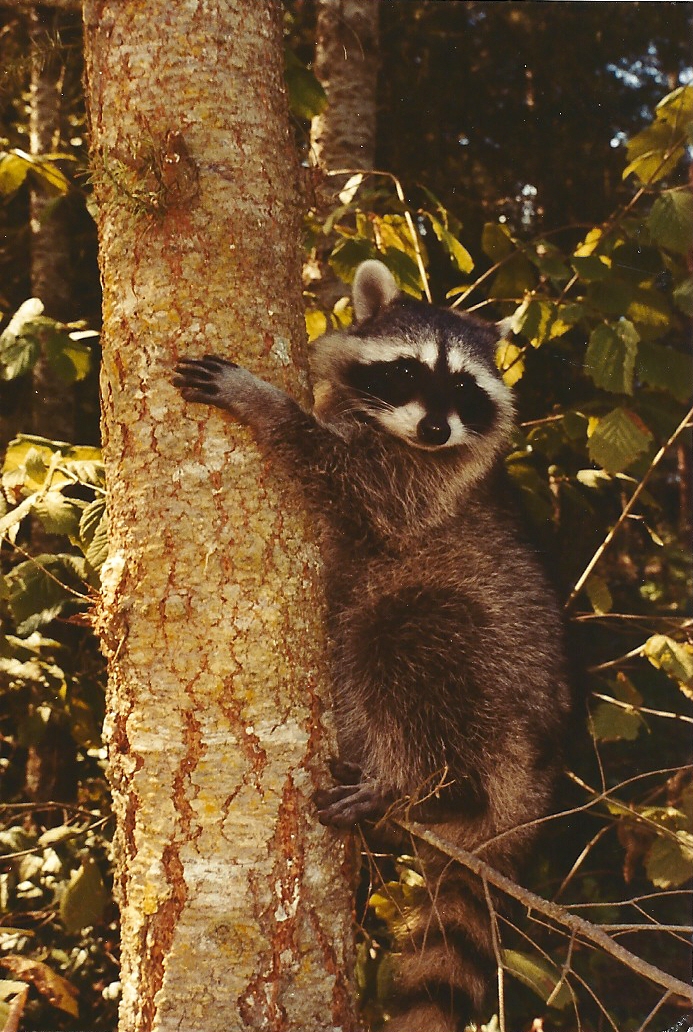
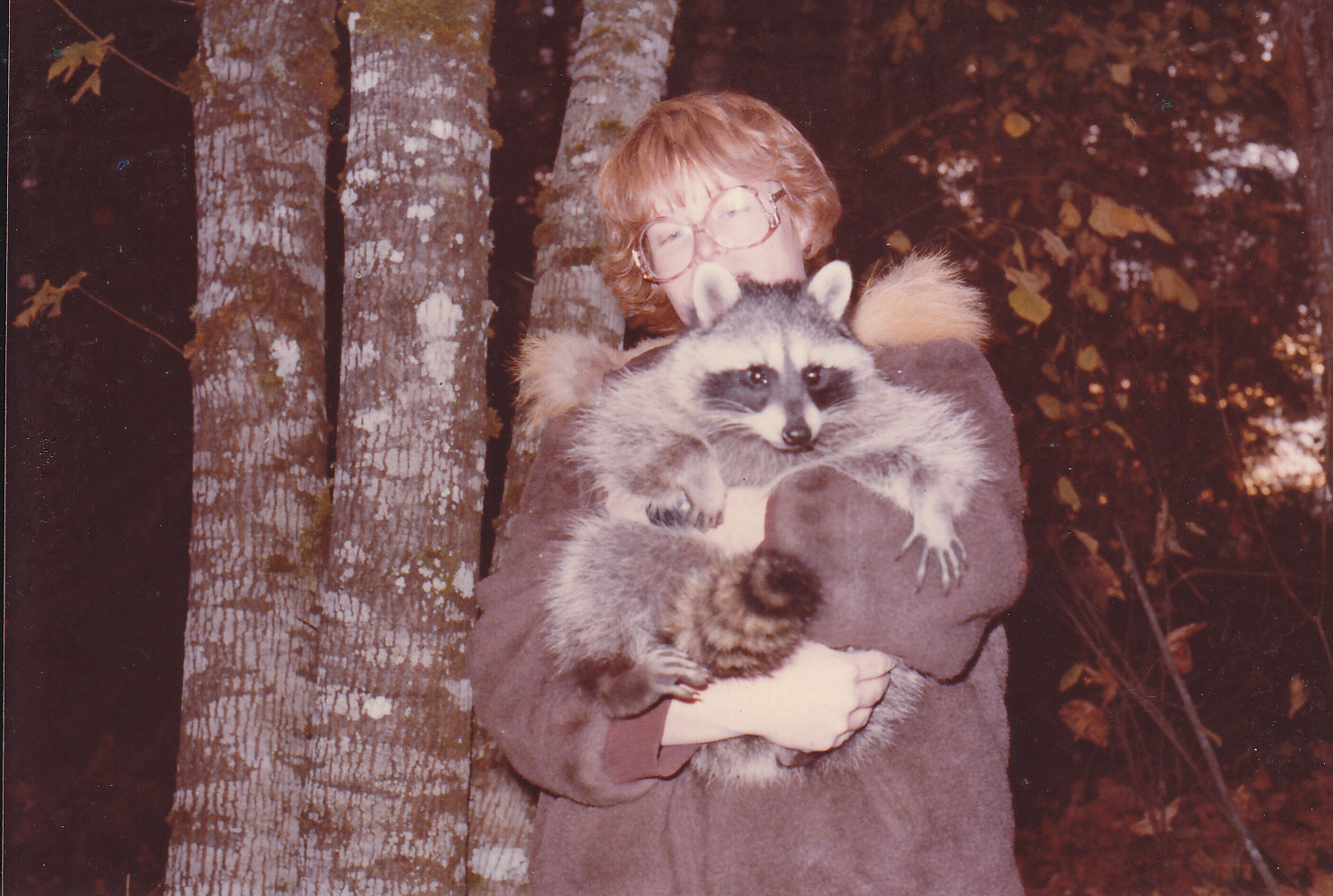
But Solstice (and possibly his brother, Summer, too!) still survives, two years post-release:
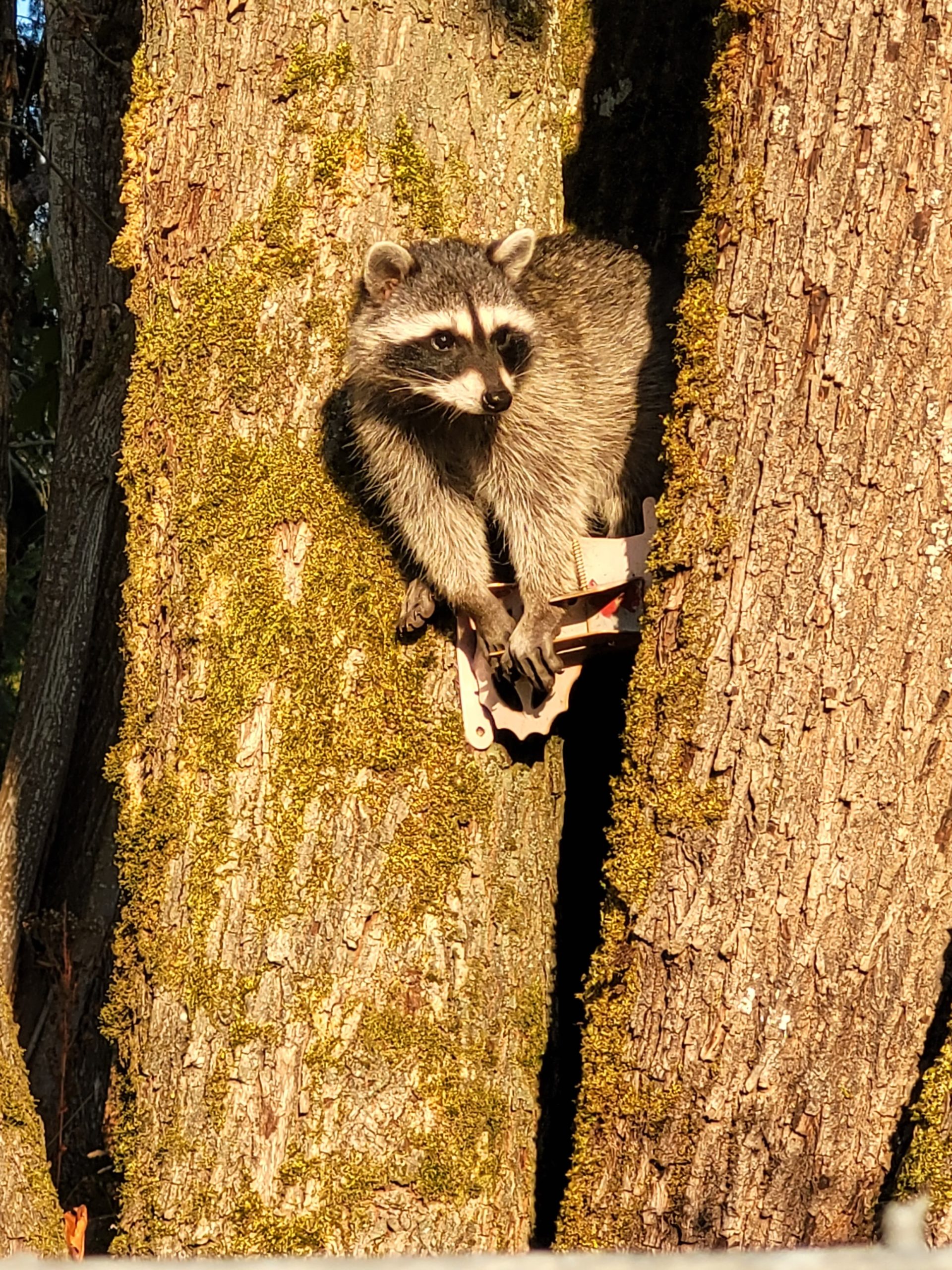
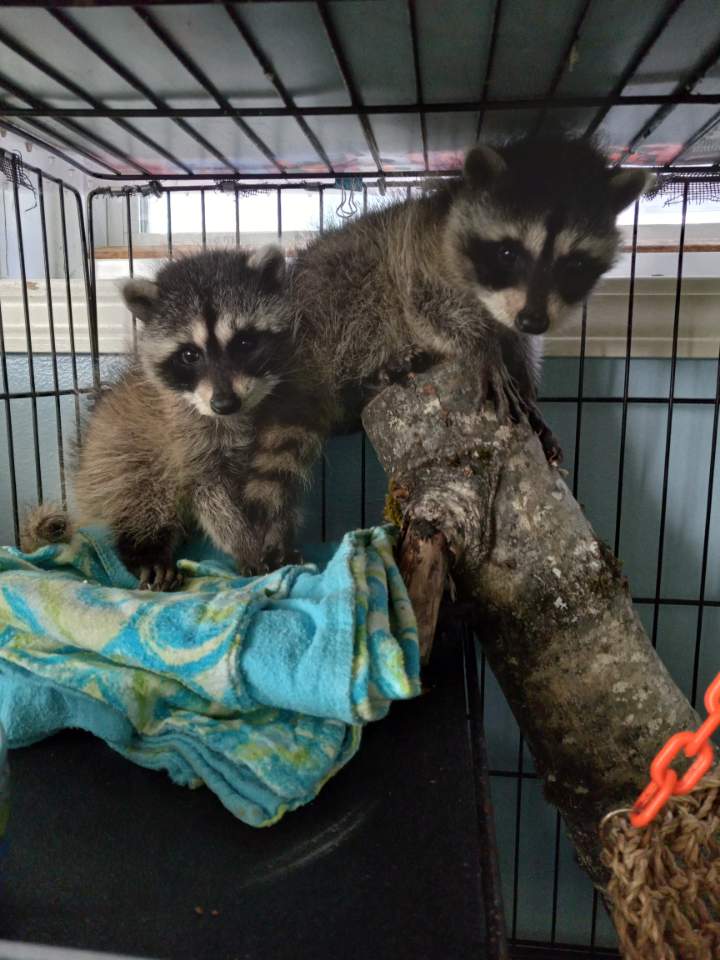
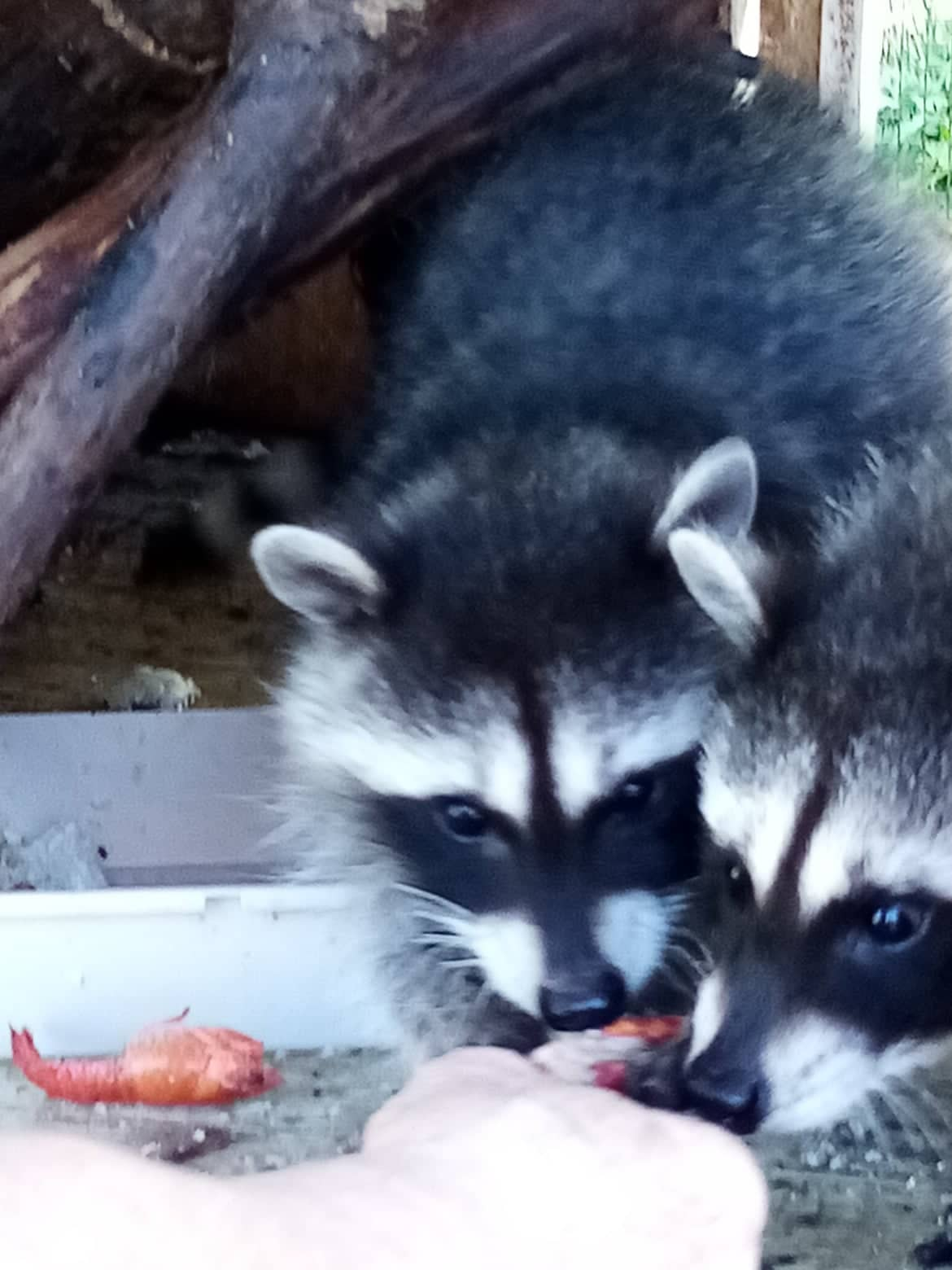
And Lucky, the red-tailed hawk soared above Cle Elum for years and would visit us occasionally for a freshly caught trout. We moved from there and I presume the hawk continued to thrive. Probably on field mice, among other small beings.
To live as a wild one, some other wild one has to die. There is no immorality involved. It is what it is.
I have always just believed in live and let live. I have always done my utmost to give the wild ones in my care the best chance of surviving, but once they’re out of my hands, nature takes over. And somehow it has worked out like this forever. This reality helps assuage the anxiety and sadness I feel whenever I turn someone loose to make their own way in the world.
“If you love something, set it free.
If it comes back to you, it is yours.
If it doesn’t, it never was.”
I’m happy to say that most of the wild ones I’ve helped had as hard a time letting go of me as I did letting go of them. But, just like human children, they’re owed their freedom to choose, to live, to strive, and hopefully to thrive.
I don’t regret a single moment I have ever spent with a wild one, or a tame one. They remain a part of me.
